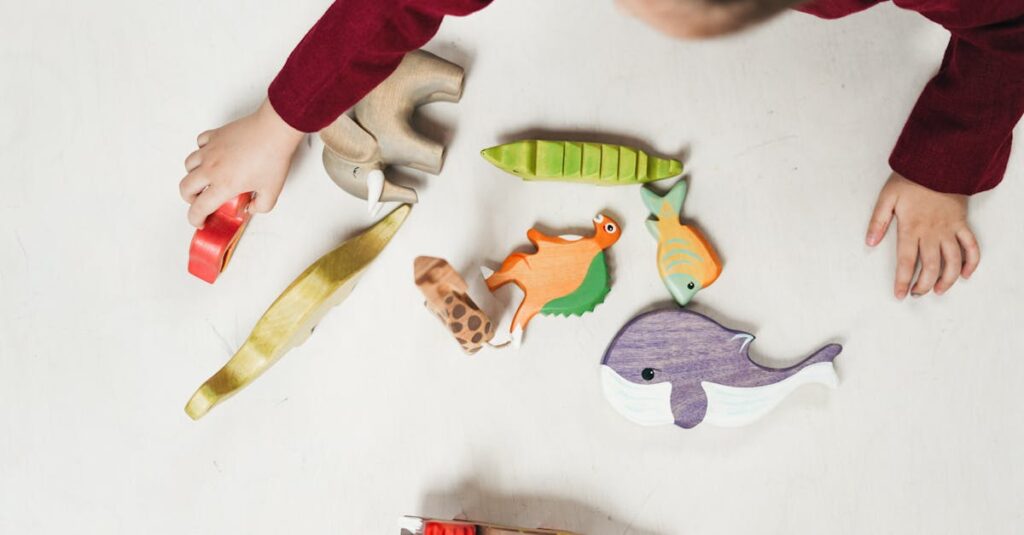Understanding Infant Overstimulation
Infants are like little sponges, absorbing everything around them. However, too much stimulation can overwhelm their developing nervous systems. Understanding what overstimulation is can help you manage it effectively. Overstimulation in infants happens when they are exposed to more sights, sounds, and activities than they can handle.
It’s important to recognize the signs of overstimulation in infants to prevent it from occurring. Some common signs include restlessness, fussiness, crying, and difficulty sleeping. By being aware of these signs, parents and caregivers can adjust the environment to provide a calm and soothing atmosphere for the infant.
Creating a routine for your baby can also help in preventing overstimulation. Establishing regular feeding, napping, and play times can provide structure and predictability for the infant. This consistency can reduce stress and anxiety, ultimately promoting a sense of security for the baby.
Remember, every infant is different, so it’s essential to pay attention to your baby’s cues and adjust stimulation levels accordingly. By being mindful of your baby’s needs and ensuring a balanced environment, you can help promote healthy development and well-being.
Recognizing Signs of Overstimulation
It’s important to know the signs of overstimulation, so you can intervene promptly. Key indicators include:
- Fussiness
- Crying
- Turning away from stimuli
- Rubbing eyes
If your baby starts to exhibit these behaviors during playtime, it might be time to help them wind down.
Creating a Calm Play Environment
Creating a calm play environment is crucial. Start by reducing background noise and limiting the number of toys available at one time. Soft lighting can also help maintain a soothing atmosphere. Remember, quality over quantity makes for a more engaging and less overwhelming playtime.
Choosing the Right Toys
The toys you choose can make a big difference. Look for age-appropriate toys that stimulate but don’t overwhelm. Simple, single-function toys are often best. Avoid toys with too many lights, sounds, and moving parts, which can be too much for an infant to process.
Establishing a Playtime Routine
A consistent playtime routine can work wonders. Having a set time for play helps your baby know what to expect, reducing anxiety. Include calm activities like reading or quiet time before more stimulating games. This balance will help keep overstimulation at bay.
Interactive Play and Emotional Connection
Interactive play is about building a connection. While it’s fun to introduce new games and activities, remember that your baby also enjoys simple interactions. Talk to them, sing songs, and be present. These moments foster emotional security and reduced overstimulation.
Seeking Balance and Taking Breaks
Balance is key in playtime. Mix high-energy activities with calmer ones, and ensure your baby has plenty of breaks. Don’t forget to observe your baby’s cues—when they start to get restless, it’s the perfect time to transition to a quieter activity or take a break.

